My favourite painting: Nicholas Cronk
'I like the fact that the painter, Huber, has cheekily seated himself on the great man’s left.'
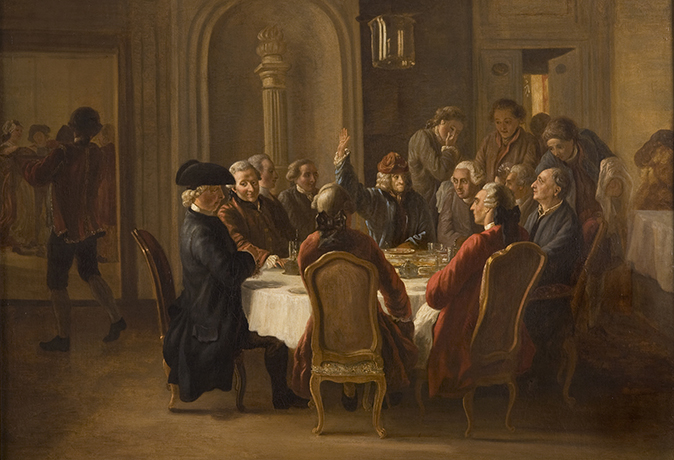

La Sainte Cène du Patriarche (The Patriarch’s Last Supper), about 1772, by Jean Huber (1721–86), 23½in by 31½in, The Voltaire Foundation, Oxford
Nicholas Cronk says: This painting hangs in my office and I’m lucky enough to see it every day. Voltaire was always said to be a great talker and performer and here he is in sociable mode, presiding over dinner with his fellow writers. I like the fact that the painter, Huber, has cheekily seated himself on the great man’s left. The Voltaire Foundation is currently engaged in publishing the entirety of the French philosopher’s writings, so it’s a great encouragement to have him waving at us, but I do wonder about the servant standing just behind Voltaire: who is he laughing at?
Prof Nicholas Cronk is Director of the Voltaire Foundation, University of Oxford
John McEwen comments on La Sainte Cène du Patriarche: Jean Huber was born in Geneva, his father a member of the city’s Council of Two Hundred, a legislative authority to which Huber was appointed in 1752. He was a self-taught artist and birds were his favourite subject. In 1783, he published Note on the Way of Steering Balloons, based on the Flight of Birds of Prey and, at his death, left unfinished a History of Birds of Prey.
When that enlightenment titan Voltaire (1694–1778) acquired the Château de Ferney near Geneva in the late 1750s, he turned it into an intellectual court overseen by his niece. There were often as many as 40 guests staying, provoking him to say he was the inn-keeper of Europe. Huber was a member of his inner circle for 20 years, earning the nickname ‘Huber-Voltaire’.
Huber’s artistic popularity rested on his entertaining mastery of cutout silhouettes, whether portraits, landscapes or caricatures. Voltaire described him to a patron: ‘He will do your portrait... in pastel, in oils, or in mezzotint. With scissors he will make a cut-out sketch of you as a complete caricature. This is the way he ridiculed me from one end of europe to the other.’
Catherine the Great commissioned Huber to paint a series on life at Ferney. This picture, with its sacrilegious hint of Christ’s Last Supper, may have been refused. everyone is identifiable: Voltaire raises his arm, Huber is to his left. The gathering is imaginary, picturing an ideal end to the warring of the French philosophes, hence the presence of Diderot (profile, farthest right), who never visited Ferney, despite invitations.
Sign up for the Country Life Newsletter
Exquisite houses, the beauty of Nature, and how to get the most from your life, straight to your inbox.
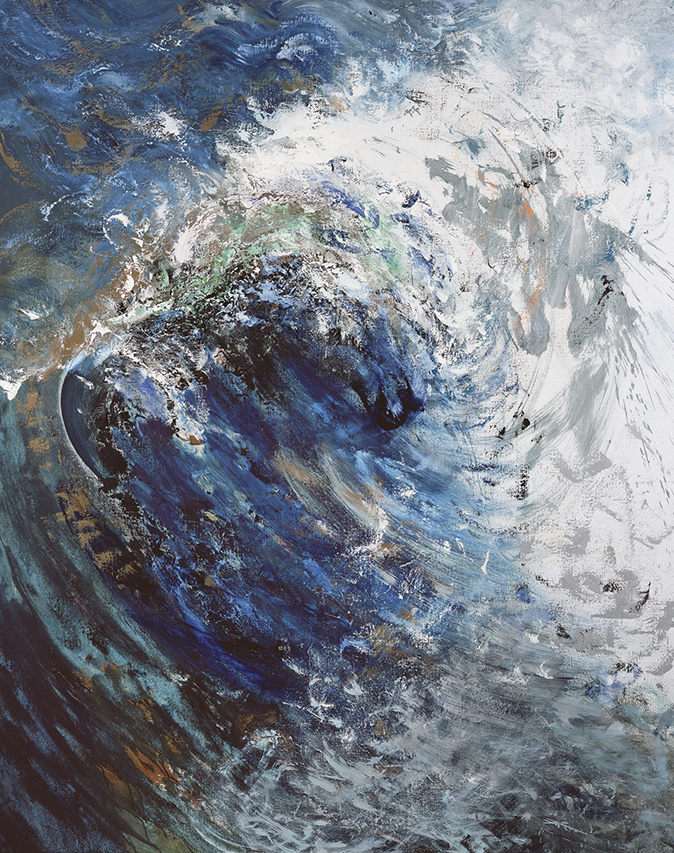
My favourite painting: Harriet Bridgeman
'For me, this painting shows her extraordinary skill and confidence in the handling of the sea, its unpredictability and its
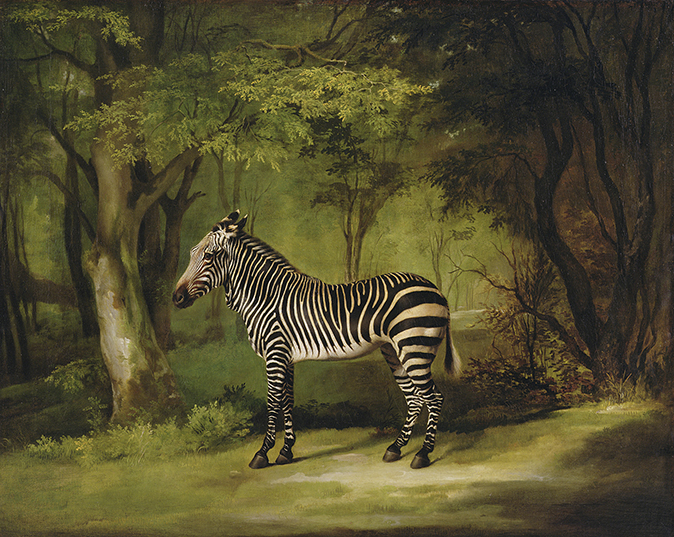
My favourite painting: Amy Meyers
'Stubbs’s portrayal is one of the subtlest and most poignant commentaries on the troubling displacements that were accruing from the
Country Life is unlike any other magazine: the only glossy weekly on the newsstand and the only magazine that has been guest-edited by HRH The King not once, but twice. It is a celebration of modern rural life and all its diverse joys and pleasures — that was first published in Queen Victoria's Diamond Jubilee year. Our eclectic mixture of witty and informative content — from the most up-to-date property news and commentary and a coveted glimpse inside some of the UK's best houses and gardens, to gardening, the arts and interior design, written by experts in their field — still cannot be found in print or online, anywhere else.
-
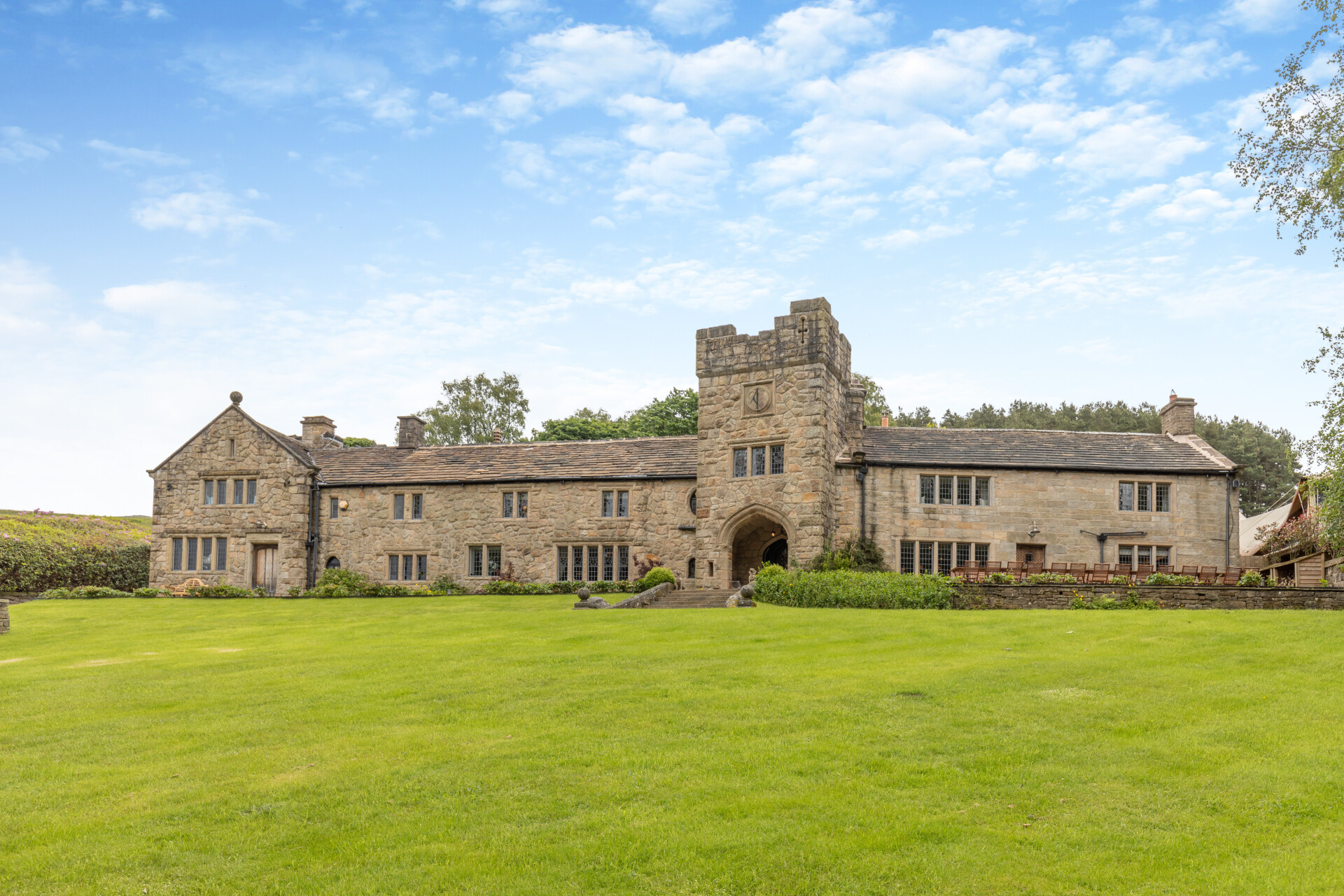 Some of the finest landscapes in the North of England with a 12-bedroom home attached
Some of the finest landscapes in the North of England with a 12-bedroom home attachedUpper House in Derbyshire shows why the Kinder landscape was worth fighting for.
By James Fisher
-
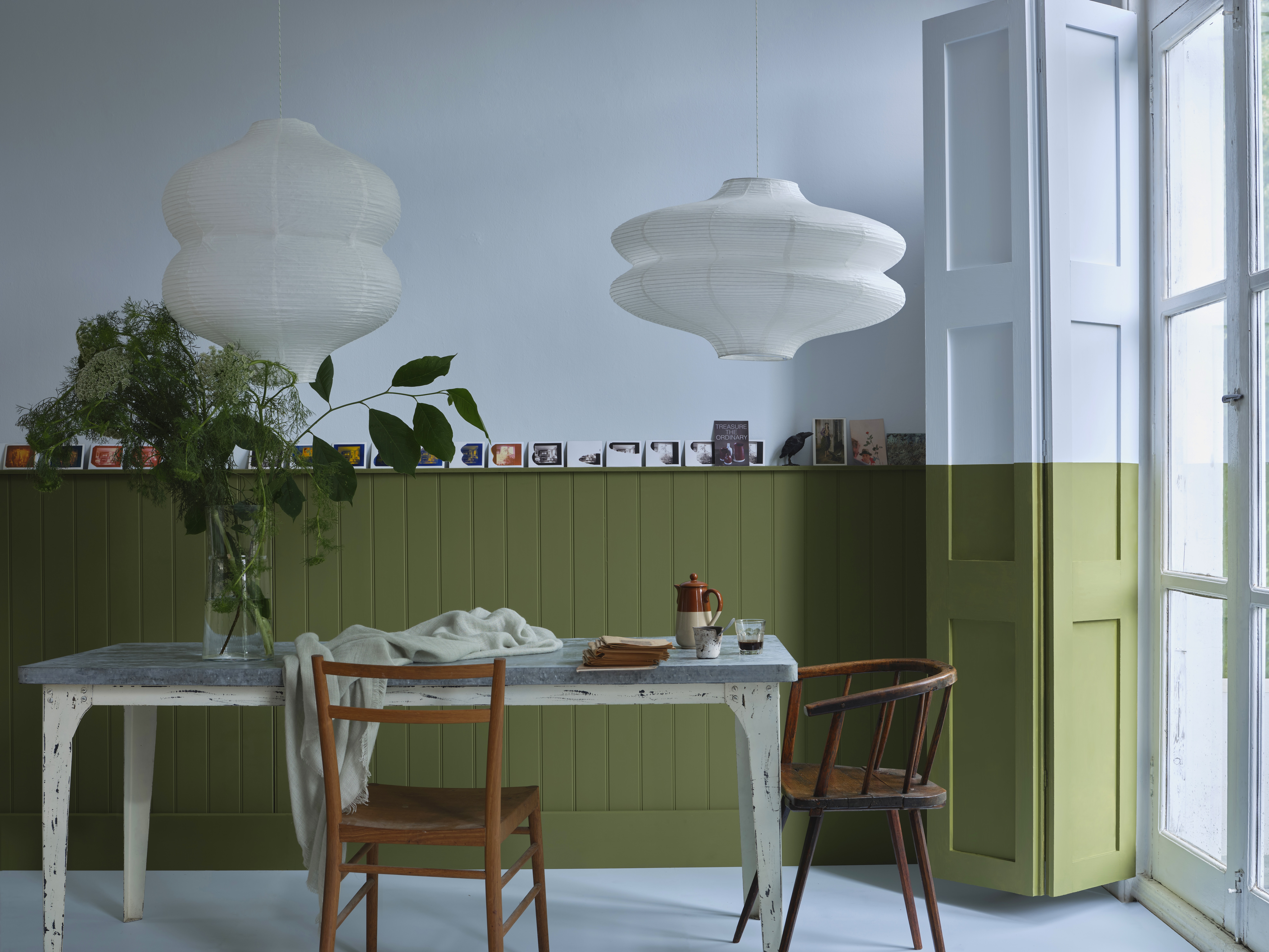 John Sutcliffe — The man, the myth and the paint-naming legend behind Dead Salmon and Elephant's Breath
John Sutcliffe — The man, the myth and the paint-naming legend behind Dead Salmon and Elephant's BreathBy Carla Passino
-
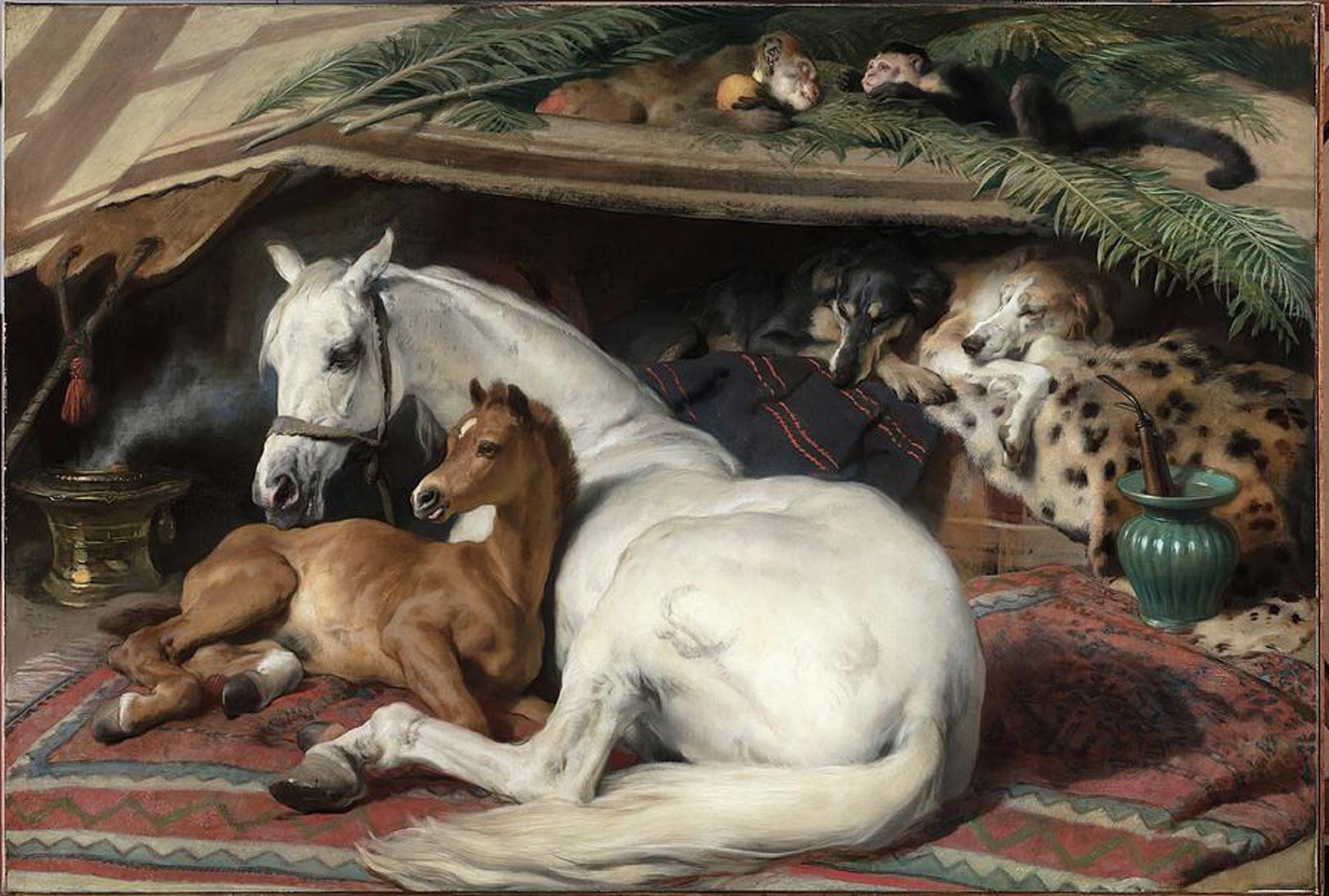 'As a child I wanted to snuggle up with the dogs and be part of it': Alexia Robinson chooses her favourite painting
'As a child I wanted to snuggle up with the dogs and be part of it': Alexia Robinson chooses her favourite paintingAlexia Robinson, founder of Love British Food, chooses an Edwin Landseer classic.
By Charlotte Mullins
-
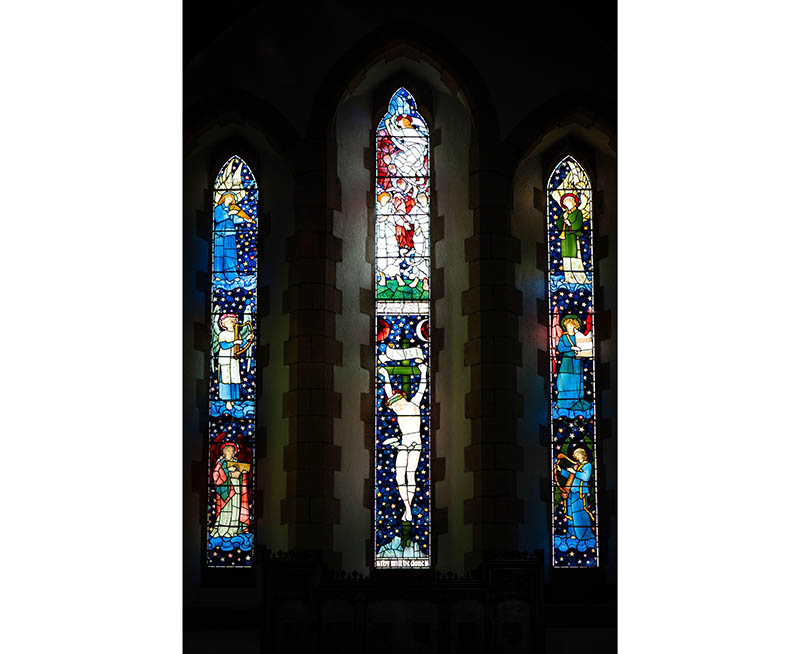 The Pre-Raphaelite painter who swapped 'willowy, nubile women' for stained glass — and created some of the best examples in Britain
The Pre-Raphaelite painter who swapped 'willowy, nubile women' for stained glass — and created some of the best examples in BritainThe painter Edward Burne-Jones turned from paint to glass for much of his career. James Hughes, director of the Victorian Society, chooses a glass masterpiece by Burne-Jones as his favourite 'painting'.
By Charlotte Mullins
-
 'I can’t look away. I’m captivated': The painter who takes years over each portrait, with the only guarantee being that it won't look like the subject
'I can’t look away. I’m captivated': The painter who takes years over each portrait, with the only guarantee being that it won't look like the subjectFor Country Life's My Favourite Painting slot, the writer Emily Howes chooses a work by a daring and challenging artist: Frank Auerbach.
By Toby Keel
-
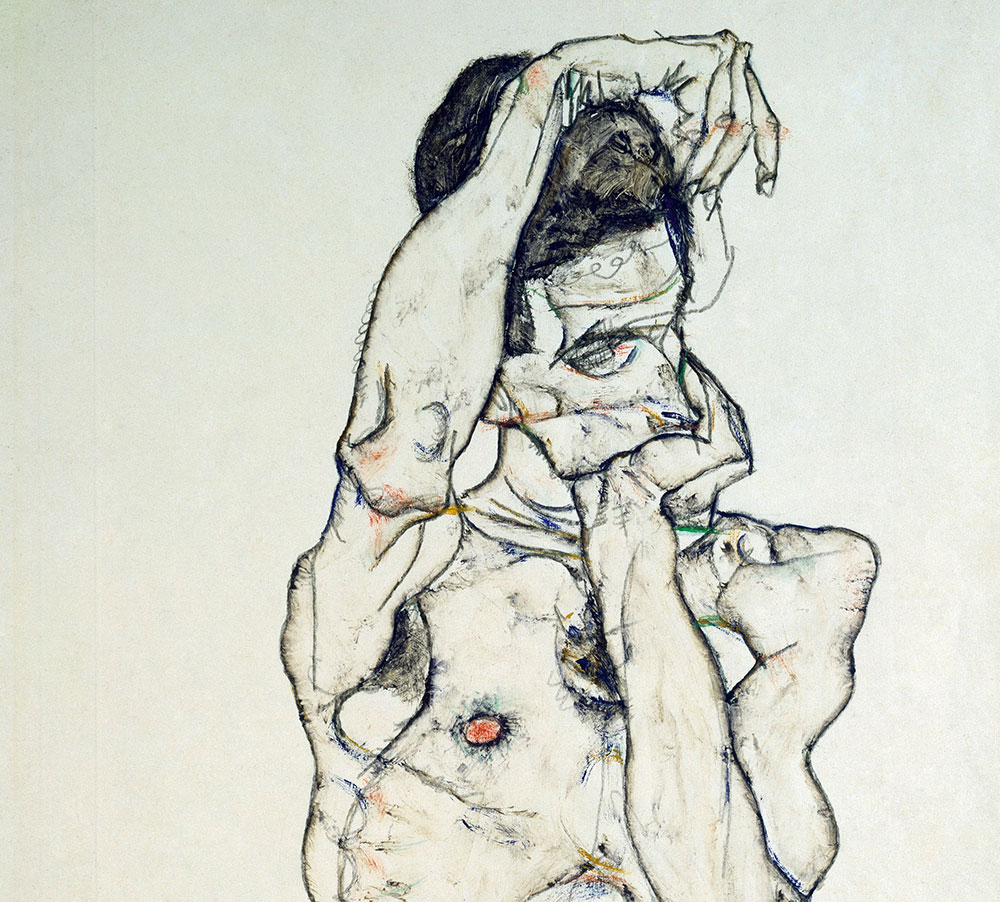 My Favourite Painting: Rob Houchen
My Favourite Painting: Rob HouchenThe actor Rob Houchen chooses a bold and challenging Egon Schiele work.
By Charlotte Mullins
-
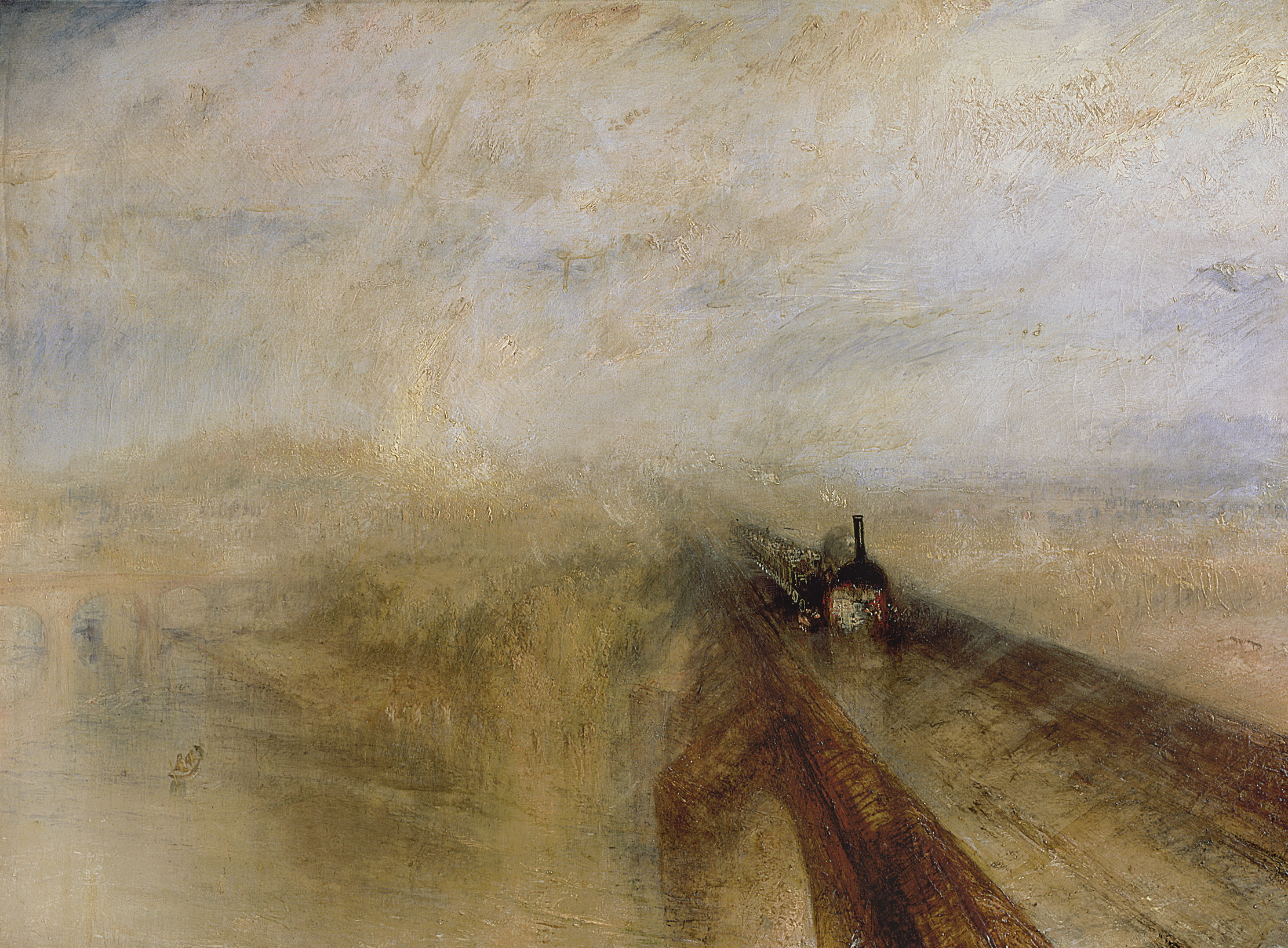 My Favourite Painting: Jeremy Clarkson
My Favourite Painting: Jeremy Clarkson'That's why this is my favourite painting. Because it invites you to imagine'
By Charlotte Mullins
-
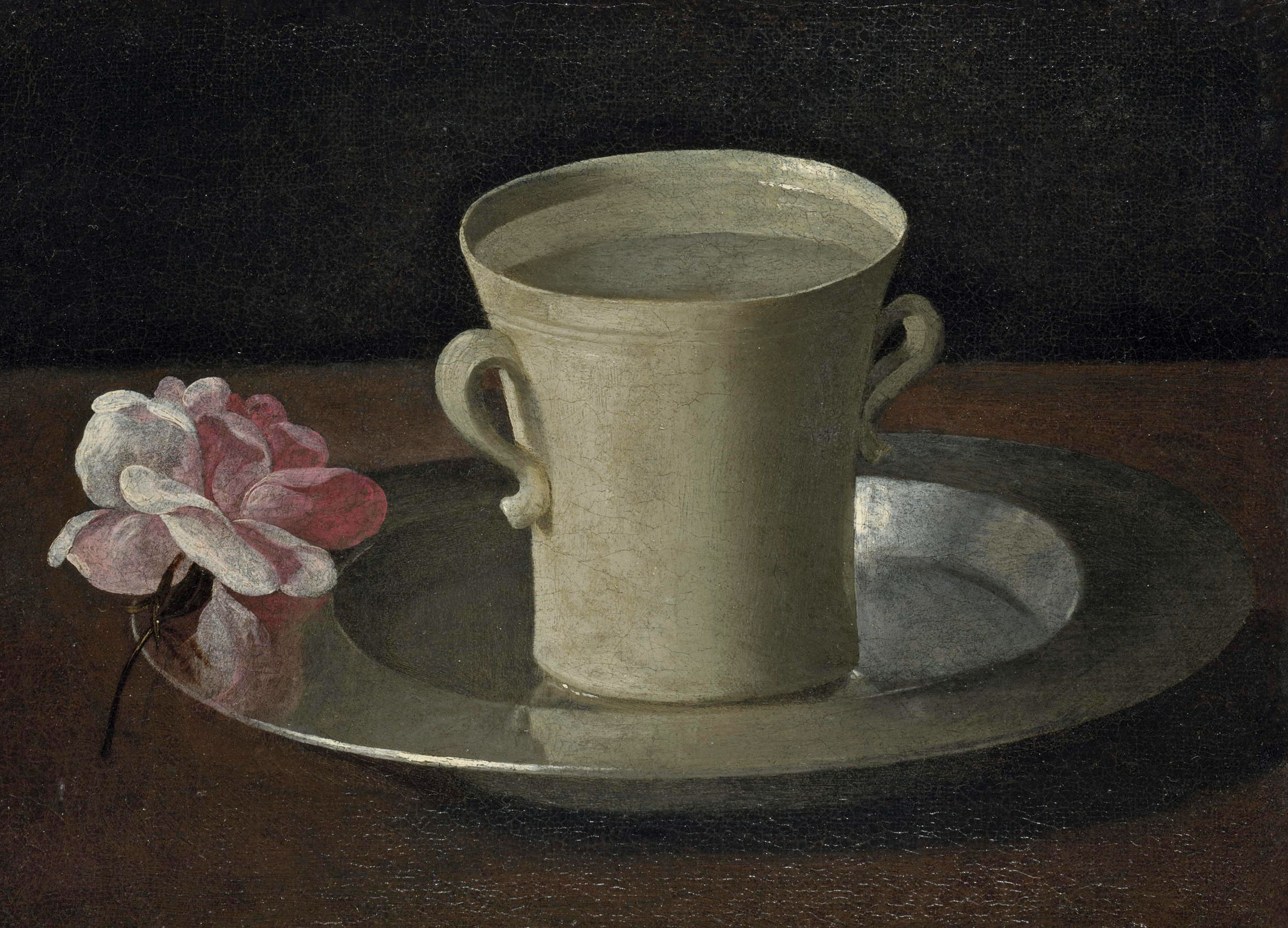 The chair of the National Gallery names his favourite from among the 2,300 masterpieces — and it will come as a bit of a shock
The chair of the National Gallery names his favourite from among the 2,300 masterpieces — and it will come as a bit of a shockAs the National Gallery turns 200, the chair of its board of trustees, John Booth, chooses his favourite painting.
By Toby Keel
-
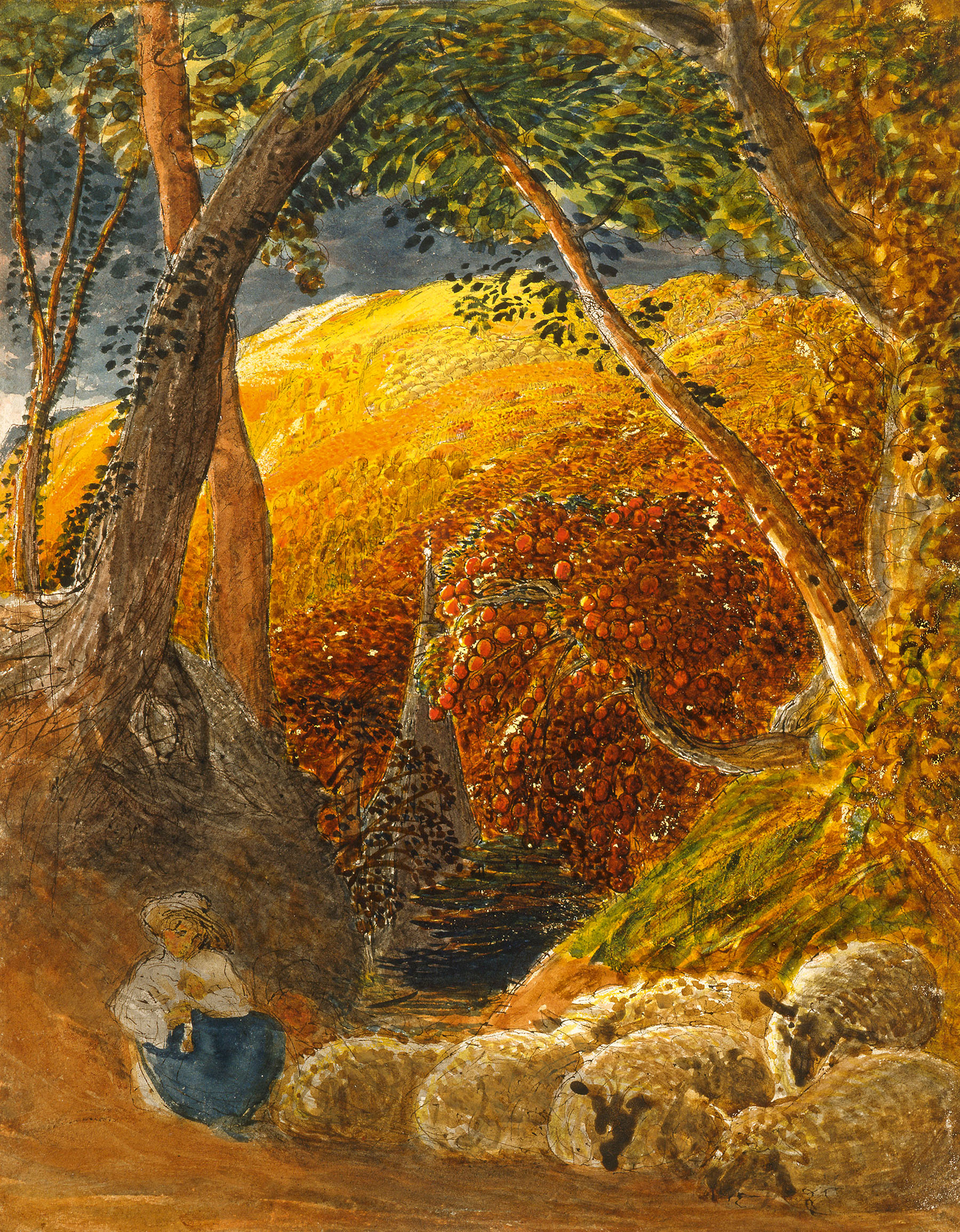 'A wonderful reminder of what the countryside could and should be': The 200-year-old watercolour of a world fast disappearing
'A wonderful reminder of what the countryside could and should be': The 200-year-old watercolour of a world fast disappearingChristopher Price of the Rare Breed Survival Trust on the bucolic beauty of The Magic Apple Tree by Samuel Palmer, which he nominates as his favourite painting.
By Charlotte Mullins
-
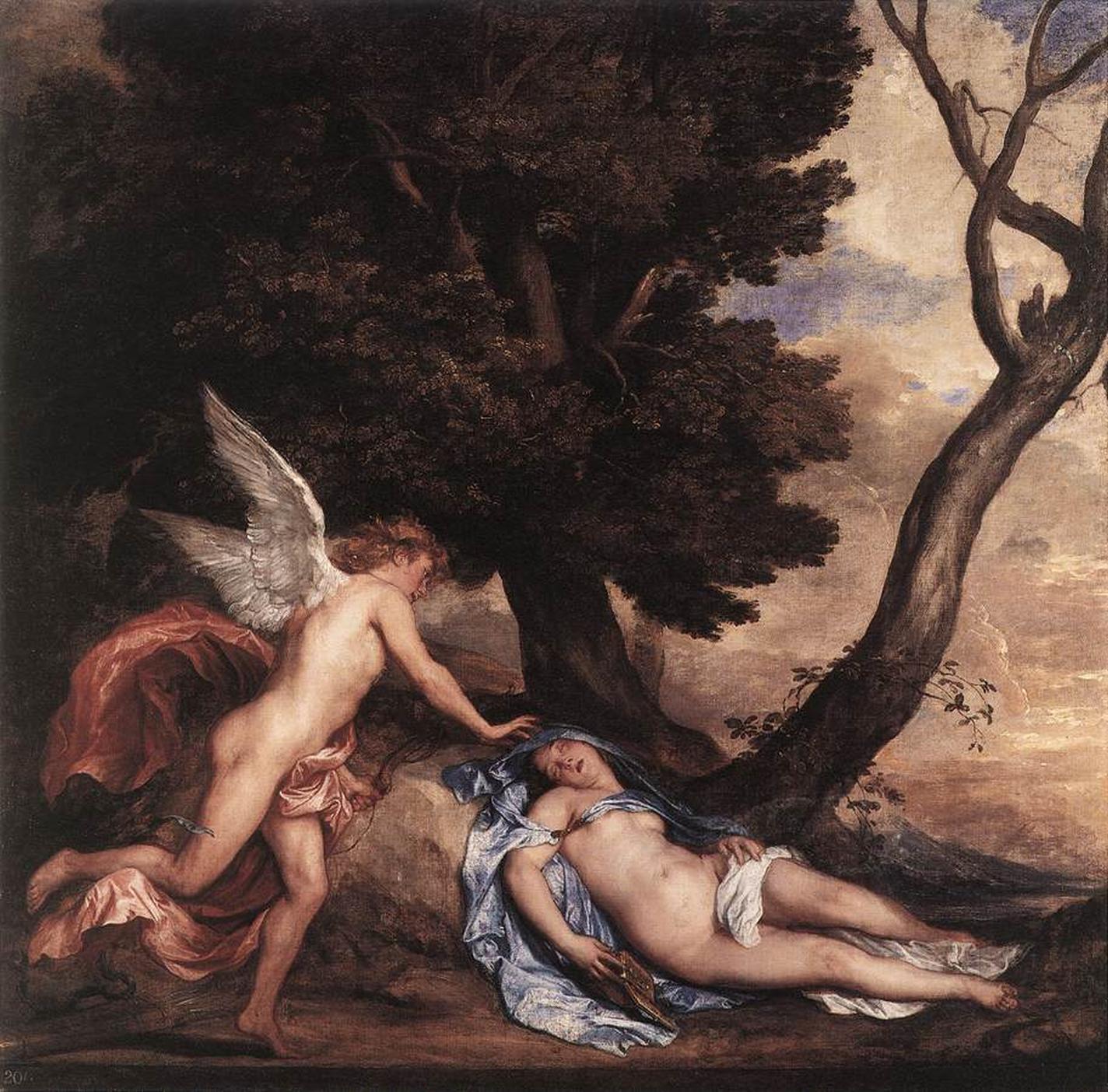 My favourite painting: Andrew Graham-Dixon
My favourite painting: Andrew Graham-Dixon'Lesson Number One: it’s the pictures that baffle and tantalise you that stay in the mind forever .'
By Country Life